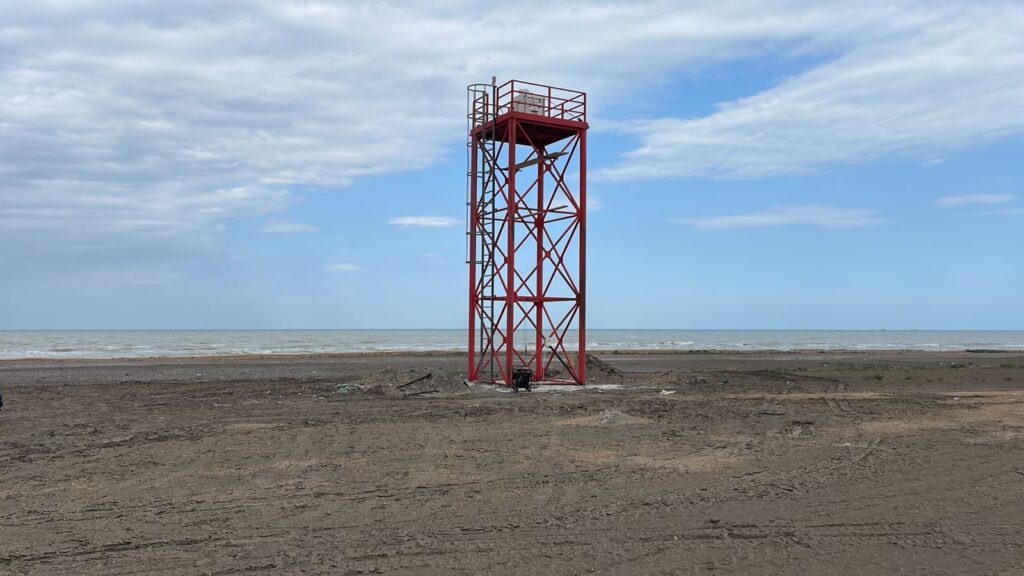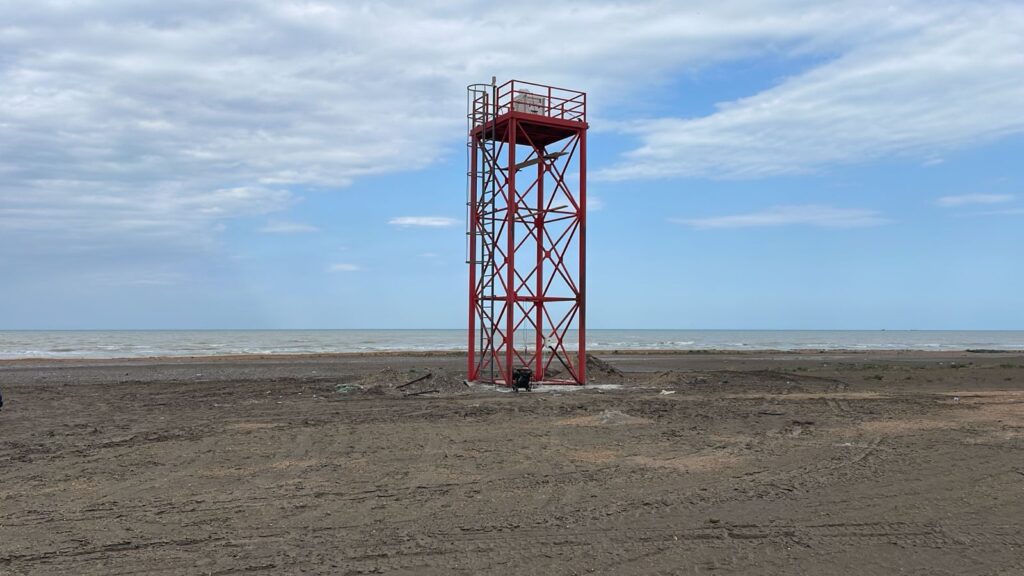Azerbaijan will soon commence wind measurement campaigns to assess offshore wind resources at two sites, as announced by the Azerbaijan Renewable Energy Agency (AREA), part of the Ministry of Energy.

On 2 August, AREA reported that preparations for measurements were nearing completion, with two LiDARs deployed at specific sites. The wind measurement campaigns align with the “2022-2026 Socio-Economic Development Strategy of the Republic of Azerbaijan”, which includes exploring offshore wind energy potential.
The LiDARs, provided by Finnish company Vaisala, will measure wind speed and direction up to 10 kilometers. They will collect data at heights of 75 meters, 150 meters, and 225 meters to create virtual observation points, according to AREA.
In March, AREA and WindEurope signed a Memorandum of Understanding (MoU) to promote onshore and offshore wind energy in Azerbaijan and the Caspian Sea region.
The World Bank and ESMAP estimate Azerbaijan’s technical offshore wind potential at 157 GW, with 35 GW suitable for fixed-bottom projects and 122 GW for floating wind.
In 2022, in collaboration with the World Bank and the International Finance Corporation (IFC), Azerbaijan released its Offshore Wind Roadmap indicating the potential to install 7 GW of offshore wind power by 2040 with proper infrastructure, investment, and policies.
There are already proposals for offshore wind projects in Azerbaijan. In January 2023, SOCAR and UAE’s Masdar partnered to develop 2 GW of offshore wind and green hydrogen projects. In February, Azerbaijan’s Ministry of Energy signed an agreement with Saudi Arabian ACWA Power for a 1.5 GW offshore wind project.

ADVERTISE ON OFFSHOREWIND.BIZ
Get in front of your target audience in one move! OffshoreWIND.biz is read by thousands of offshore wind professionals daily.
Follow offshoreWIND.biz on:
Original Story at www.offshorewind.biz
